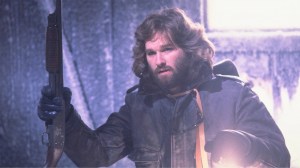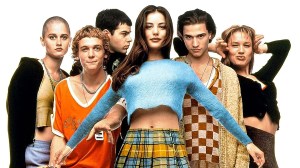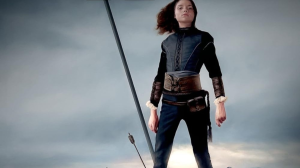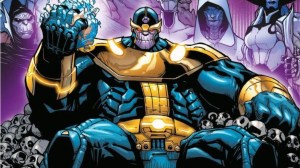There is a specific type of exhaustion that only a truly terrifying horror movie can induce. It is a psychological hangover that lingers for days, a low-frequency dread that hums beneath the surface of your daily thoughts. This feeling transforms familiar spaces into threatening ones, making a darkened hallway or a silent room feel charged with malevolent potential. Most horror films aim for the quick fix, the jolt of a jump scare or the thrill of a chase that fades as soon as the credits roll. The films on this list, however, are different. They are parasites that burrow into your subconscious and refuse to be evicted, leaving a permanent stain on the imagination.
Videos by ComicBook.com
The effectiveness of some horror movies is precisely what makes them hard to revisit. While fans can endlessly rewatch their favorite slashers to savor the creative kills or enjoy a gothic romance for its atmosphere, a handful of horror movies offer a fundamentally traumatic experience that no one is eager to go through again. Their power is not in their entertainment value but in their ability to violate the viewer’s sense of safety and well-being, becoming infamous for being so profoundly disturbing that one watch is more than enough.
5) Sinister

Director Scott Derrickson’s supernatural thriller Sinister slowly builds an atmosphere of relentless dread from which we can’t escape. The film follows true-crime writer Ellison Oswalt (Ethan Hawke) as he moves his family into a house where a gruesome mass murder occurred. In the attic, he discovers a box of Super 8 home movies, each one documenting a different family’s brutal murder. These found-footage segments are the core of the film. They are grainy, silent, and deeply unsettling, depicting drownings, immolations, and other horrors with a lo-fi realism that feels disturbingly authentic.
Sinister’s true horror comes from the voyeuristic way it forces the audience to watch these atrocities alongside Ellison, slowly descending into madness. Furthermore, the presence of the pagan deity Bughuul lingers in the background of each tape, creating a sense of an inescapable evil. The combination of the grim tapes and the oppressive tone makes Sinister a truly harrowing experience that few would want to endure a second time.
4) The Taking of Deborah Logan
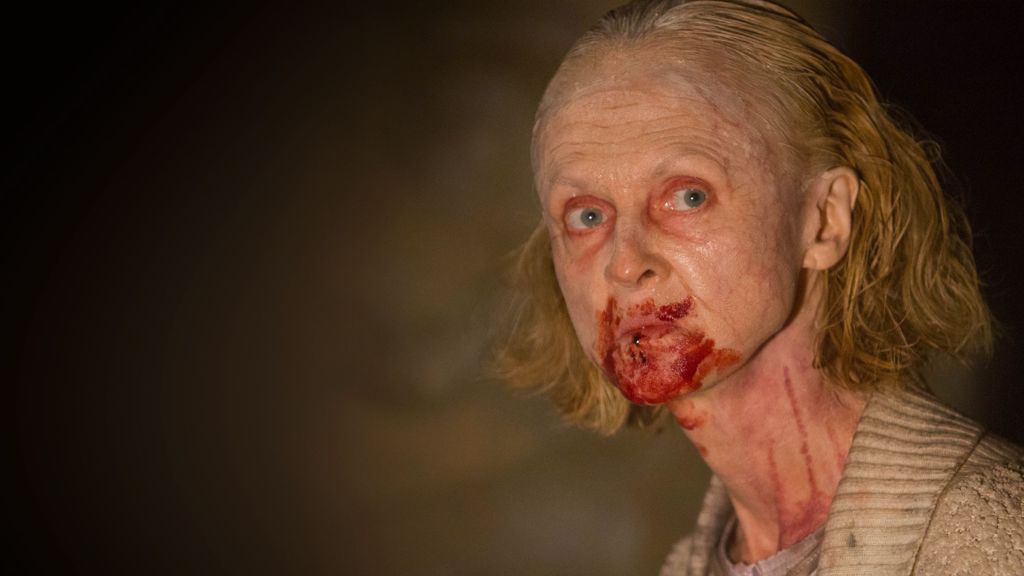
What begins as a medical documentary about the devastating effects of Alzheimer’s disease slowly descends into one of the most terrifying found-footage possession films ever made. The Taking of Deborah Logan follows a student film crew as they document the life of Deborah Logan (Jill Larson), an elderly woman whose memory is beginning to fail. Her daughter Sarah (Anne Ramsay) hopes the project will raise awareness, but as Deborah’s behavior becomes increasingly erratic and violent, it becomes clear that her condition is not purely medical.
The Taking of Deborah Logan uses the documentary format to create a chilling sense of realism, grounding its supernatural horror in the tragic reality of a degenerative illness. In addition, Jill Larson delivers a tour-de-force performance, transforming from a sweet, confused woman into a vessel for a truly malevolent entity. The film’s final act contains some of the most disturbing imagery in modern horror, culminating in a scene so shocking it has become infamous among genre fans and solidifies the movie’s status as a one-time ordeal.
3) Host

Released in the midst of the global pandemic, Rob Savage’s Host transformed the mundane reality of a Zoom call into a 57-minute nightmare of supernatural terror. The film follows a group of friends who, bored during lockdown, decide to hold a séance over video chat with the help of a medium. When one of them disrespects the ritual, they unwittingly invite a demonic entity into their homes.
Host plays out entirely on a laptop screen, a format that was universally familiar and relatable at the time of its release. This screen-life perspective creates an intimate and claustrophobic sense of vulnerability, as the characters and the audience are trapped in their respective rooms, watching the horror unfold through a digital window. Using this premise, Savage orchestrates a relentless barrage of expertly crafted jump scares and genuinely unsettling paranormal activity, turning familiar video glitches and filters into instruments of terror. As a result, Host is a brutally efficient scare-delivery system that leaves you breathless, and its real-time intensity makes it too exhausting to revisit.
2) The Dark and the Wicked

Few horror films are as committed to a tone of soul-crushing despair as Bryan Bertino’s The Dark and the Wicked. The story follows a pair of estranged siblings, Louise (Marin Ireland) and Michael (Michael Abbott Jr.), who return to their remote family farm to await the death of their ailing father. Their mother warns them that they should not have come, and it soon becomes apparent that a malevolent force is preying on the family’s grief and guilt.
The Dark and the Wicked is a slow-burning meditation on loss and faithlessness, completely devoid of hope. Bertino forgoes traditional jump scares in favor of creating a pervasive atmosphere of palpable evil. The horror is found in quiet, dreadful moments: a shadowy figure in a doorway, a whispered voice from the darkness, or an act of shocking, sudden violence that feels both unexpected and inevitable. As such, The Dark and the Wicked is an exercise in nihilistic terror that offers no catharsis or relief, leaving viewers in a state of profound unease that lingers long after the film is over.
1) Noroi: The Curse
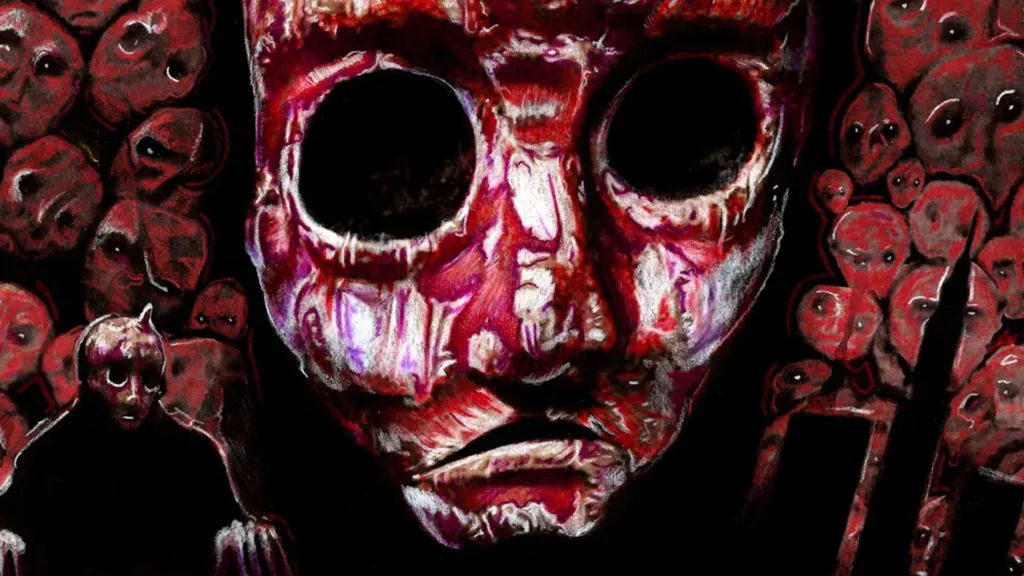
Often cited as one of the most frightening found-footage films ever made, Kōji Shiraishi’s Noroi: The Curse is a uniquely terrifying piece of Japanese horror. Presented as the final documentary of a missing paranormal researcher, the film meticulously pieces together a sprawling mystery from seemingly disconnected events. What starts with investigations into a woman complaining about baby noises next door and a psychic child on a variety of shows gradually unspools into a terrifying conspiracy involving a demonic entity named Kagutaba.
Noroi’s power comes from its patient documentary-style approach, which builds a slow but overwhelming sense of dread over its two-hour runtime. Unlike many found-footage movies that rely on shaky cameras and loud noises, Noroi: The Curse unnerves the audience with its eerie atmosphere and cryptic imagery. The final revelations are genuinely horrifying, and the intricate web of curses and rituals feels disturbingly real, making it a masterpiece of the genre that is too deeply unsettling to ever watch again.
Which horror movie was so terrifying that you could never watch it again? Leave a comment below and join the conversation now in the ComicBook Forum!

